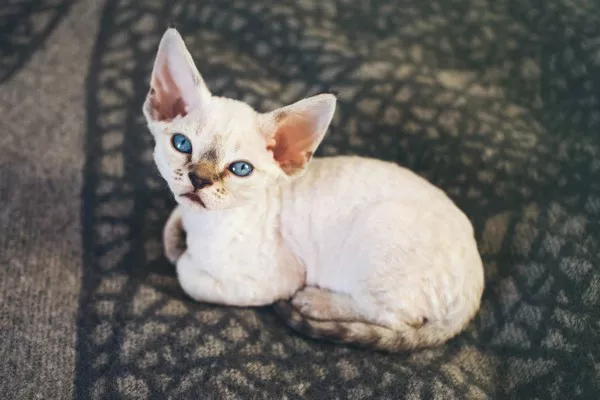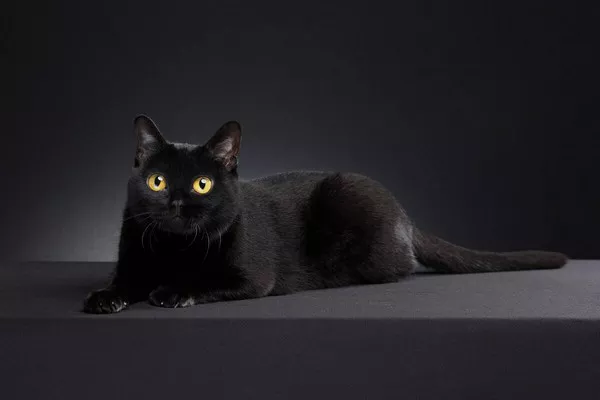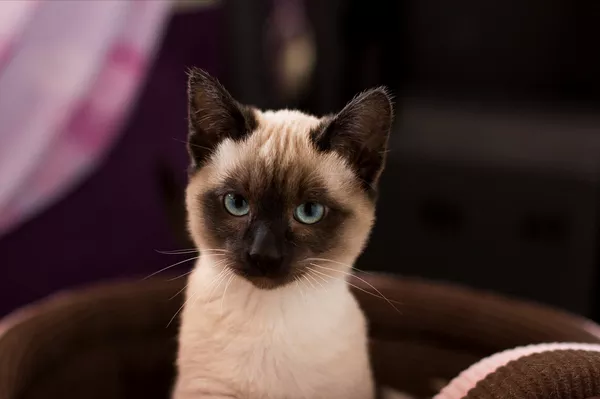In the temperate forests and farmlands of southern Chile, a diminutive spotted feline, often smaller than the average house cat, roams with its big eyes and bushy tail. Despite its adorable appearance, encountering this creature, known as the kodkod, may instill fear among farmers, as it is believed to foretell famine, disease, or even death according to some Indigenous Mapuche stories in Chile.
Referred to as güiña in Chile or wiñefe in the Mapudungun language, the kodkod, scientifically known as Leopardus guigna, is the smallest wild cat species in the Americas, weighing around five pounds. It inhabits a limited range, spanning central and southern Chile to the western edge of Argentina. Unfortunately, the kodkod is designated as “vulnerable” on the IUCN Red List, facing threats such as habitat loss, diseases transmitted by domestic cats and dogs, and hunting by humans. However, to some, the kodkod itself poses a threat due to its reputation for raiding chicken coops.
Superstitions about the kodkod are prevalent in rural areas, as per a 2013 study published in the Journal of Ethnobiology and Ethnomedicine. Interviews with local students and members of the Mapuche community in southern Chile unveiled beliefs in the kodkod’s supernatural powers, such as being impervious to bullets or indulging in gruesome practices like drinking the blood of chickens—an exaggeration based on the feline’s preference for consuming the neck and head of its poultry prey.
One participant shared, “My neighbor said: When the kodkod enters the henhouse to eat the farm birds, this is very bad luck for the family as either poverty, famine, or any kind of disease will appear that can lead to death to the owner. These are ancient beliefs.” Some believe that merely catching a glimpse of the cat brings bad luck.
The origins of these superstitions are difficult to trace, but they are deeply ingrained in local folklore, particularly among those who raise poultry. The kodkod’s elusive nature, much like other rarely seen nocturnal predators such as pumas and owls, contributes to its association with bad luck in various cultures, including the Mapuche.
In Chile, the kodkod’s ominous reputation has extended to urban areas and become a part of the national lexicon. The term “güiña” is derived from the Mapudungun verb “wiñamn,” meaning to carry something, usually stolen. Throughout Chile, “güiña” is frequently used to describe individuals involved in shady activities, from thieves to corrupt politicians, even by those unaware of the kodkod.
The kodkod’s visibility has increased in recent years, thanks to the rise of social media and its inherent cuteness, used by conservation organizations to raise awareness about the species. Nevertheless, in rural communities where conservation efforts are most crucial, stigmas about the kodkod endure. Here, educational campaigns targeting the younger generation have become pivotal in changing perceptions and behaviors.
According to University of Leeds conservation biologist George Holmes, communities’ values and perceptions of animals directly impact species conservation. Cultural traditions attributing “magical” abilities to certain animals can either help or hinder conservation efforts. If a species is deemed “harmful” or “bad” due to such “magic,” it may be targeted for that reason, complicating conservation endeavors. Although there have been instances of kodkod killings—an illegal act in Chile—for poultry threats, it remains uncertain whether superstition played a role.
The kodkod’s elusive nature offers it some protection against potential hunters, regardless of their motives. Many community members who have been interviewed by conservationists have never seen the animal in person, but this doesn’t mean the kodkod isn’t present. Recent projects using camera traps have revealed their consistent presence, hidden from human sight but thriving in their habitat. This resilience and adaptability to habitat loss were detailed in a 2018 study published in the Journal of Applied Ecology.
Conservation biologist Nicolás Gálvez emphasizes the significance of this discovery, as the kodkod also plays a crucial role in controlling rodent populations that carry hantaviruses, potentially lethal to humans. With successful conservation campaigns, the kodkod may one day be celebrated as an adorable pest controller rather than an omen of misfortune.
One participant interviewed by Gálvez and his team aptly noted, “If the mice invade us, it is because we lack a kodkod cat nearby. You should seek a balance because if we are sharing this Earth with animals, then they stand for something.”


























